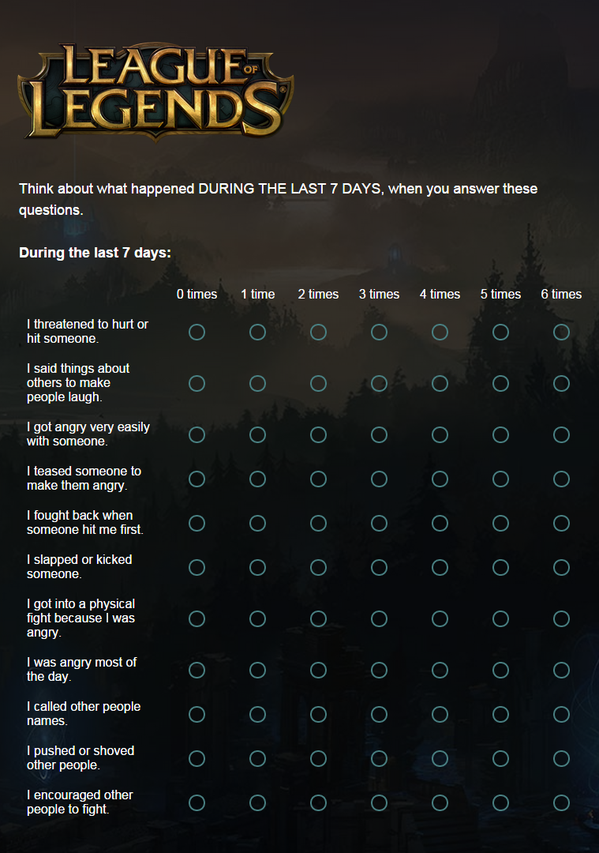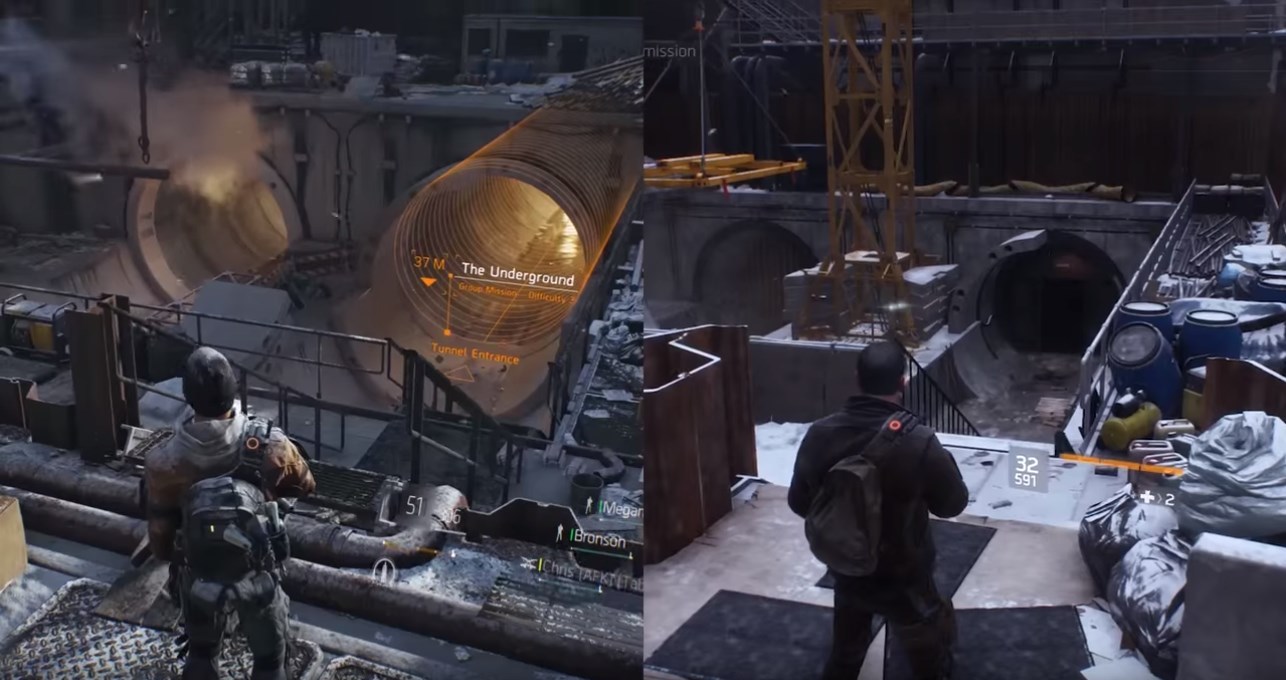How Valve tries to teach courtesy players

Multiplayer games with session fights on separate maps (Multiplayer Online Battle Arena, MOBA) - one of the most popular types of multiplayer games. In battles usually participate as ordinary gamers, and those who can not wait to offend their opponents or even allies. Especially a lot of screams are heard after the unsuccessful duel / round. "Bottom", "cancer" and other specific and not very terms, for example, are used by impolite Russian-speaking players in any situation. Naturally, English-speaking gamers do no better. It is clear that in such conversations slip racial or gender insults.
Game publishers have been trying to fight this phenomenon for many years. Bans, both temporary and permanent, help, but not very much. In 2015, Riot Games, a developer of League of Legends with tens of millions of players, even conducted a special experiment . He touched those players who chose the names of their characters, which are contrary to the rules set by the company.

Sample gamers' questionnaire from Riot Games
Basically, these are racial slurs, as well as slurs of a religious or sexual nature. Players may complain about other gamers, including those who choose the wrong nickname. Previously, the company gave the user a temporary nickname until the user chooses the correct character name. But in the experiment the user had to go through a three-stage process of changing the nickname. These are answers to questions, conducting 50 matches and answers to questions of another questionnaire. Only after that, in the case of correct passage of all stages, the user was given to change the character's nickname to the correct one.
In the questionnaire, gamers were asked to assess their sense of self as a player and personality. Among other survey points, the following were indicated:
- “I am not worse and not better than other people” or “I think that I am a special person”;
- “I usually insist that people treat me with respect” or “I usually get the respect I deserve”;
- "I usually try not to draw" or "If an opportunity falls, I draw."
In total, the survey was about 40 similar items. The questionnaire itself is a modified Narcissistic Personality Inventory (NPI) questionnaire, created by Robert Raskin and Howard Terry.
In addition, gamers were interviewed for aggressiveness towards other players. In the questionnaire there were such items: “I scoffed at the other person”, “I was angry almost all day”, “I tried to make others fight”.
The survey results (unfortunately, they are not presented) were used by companies to build a psychological picture of their users. The developers tried to make users show less aggression towards each other. It turned out they have it or not - only the players themselves can judge.
Valve recently had a similar experience. And with the worst moral aspects of the Dota 2 players (and there are rude people in any game), the experimental psychologist Mike Ambinder was asked to speak.
The specialist spoke at a recent Steamworks Development conference, telling how his company once conducted a survey of each participant in a Dota 2 match. Gamers were asked to rate their impressions of the match on a 5-point scale.
After that, the participants were asked two questions. The first was a request to evaluate teamwork between individual members during a match. And the psychologist was not too interested in the answers to this question. All this was a preparation for the second question, where players were asked to evaluate their own desire to cooperate with other team members during the same match.
According to Embinder, these two questions caused cognitive dissonance among gamers. This was especially relevant for those of them who behaved aggressively and selfishly. “We all value ourselves highly. But if we know that we behaved badly, then honestly, we cannot put a high mark on ourselves, ”said the psychologist.
According to him, asking a person a question about his team before asking to evaluate himself causes a change in self-esteem and a review of his behavior. Within a few days, Valve estimated the number of complaints received by some gamers about the incorrect behavior of other players. This is 137,000 complaints less than usual. The fall was significant and amounted to 12.5%.
Perhaps this is a coincidence, but the dynamics of the decline in complaints about the behavior of other players is too far from the statistical error. Whether the effect will be long-term or is it an accidental short-term phenomenon - no one knows.

Valve is now also watching game developers posting real screenshots of their games on Steam . According to the new requirements, screenshots of the real final product should be placed in the store. Let it be a screenshot of the game at maximum settings, but it should be a realistic screenshot. The problem is that many developers place either embellished "pictures", or show drawings that have no connection at all with the real state of things.
According to Alden Kroll, a designer from Valve, placing images in the storefront of screenshots that are not screenshots makes it difficult for customers to understand what the product of the developers really is. So far, the creators of the games do not oblige to update the already placed pictures. But in the future, perhaps, something will change here.
